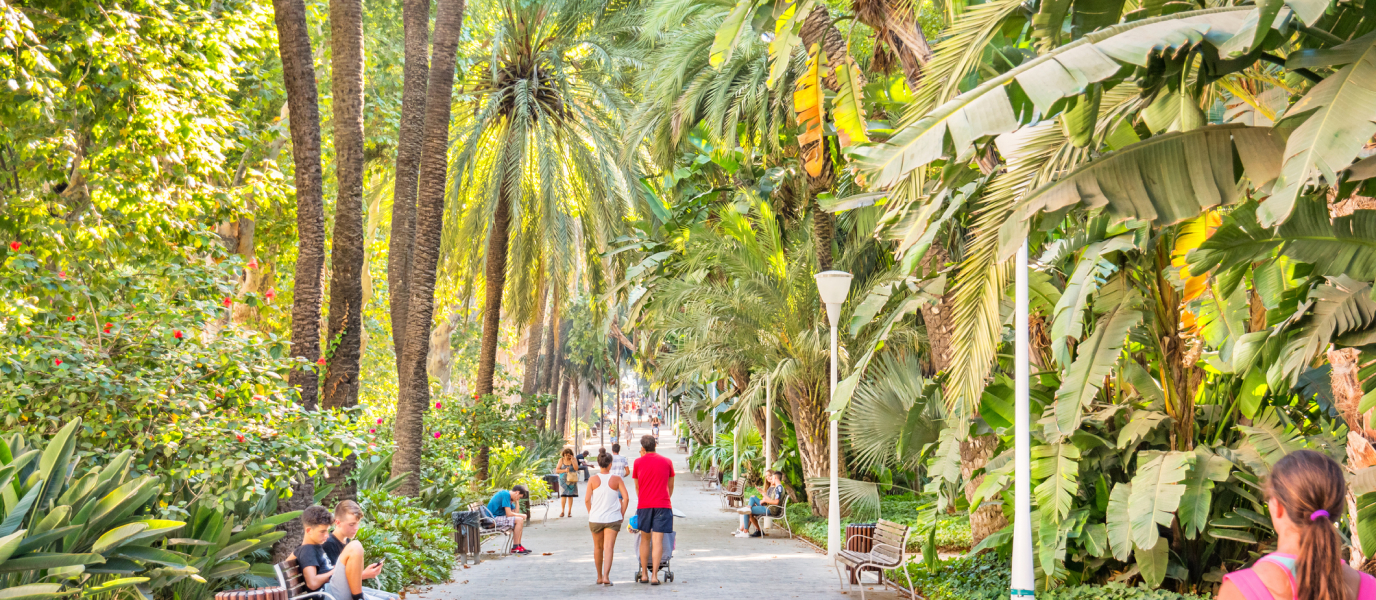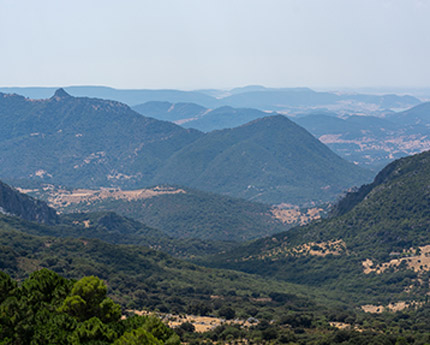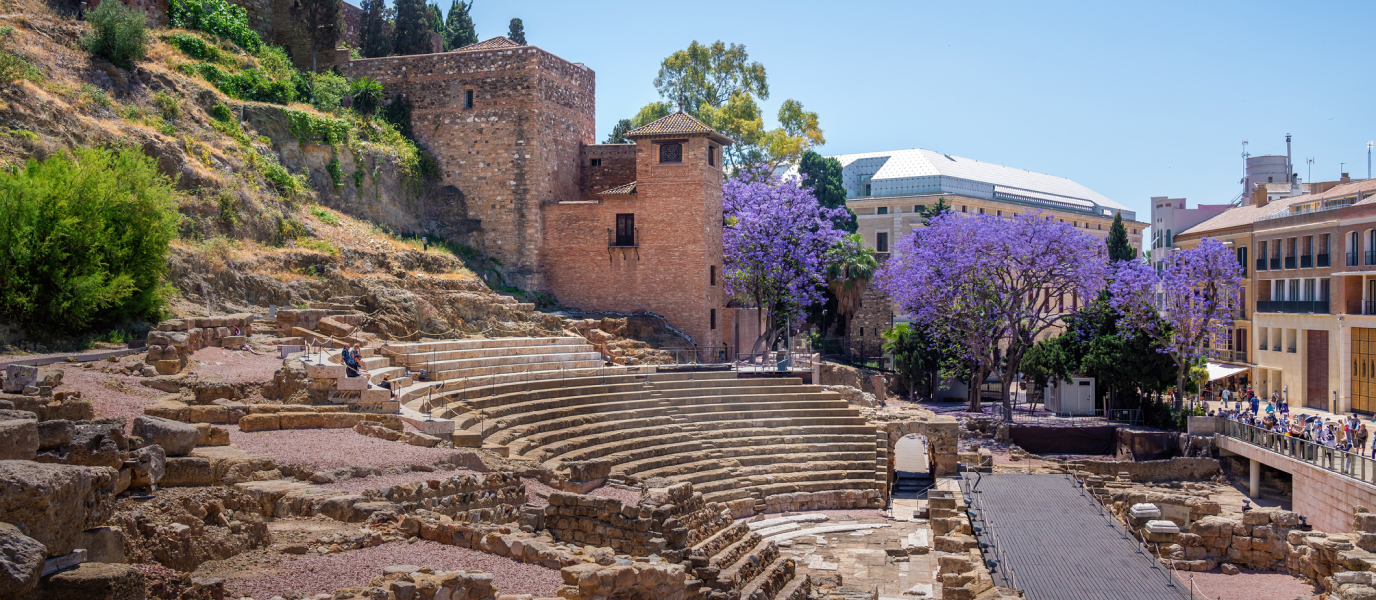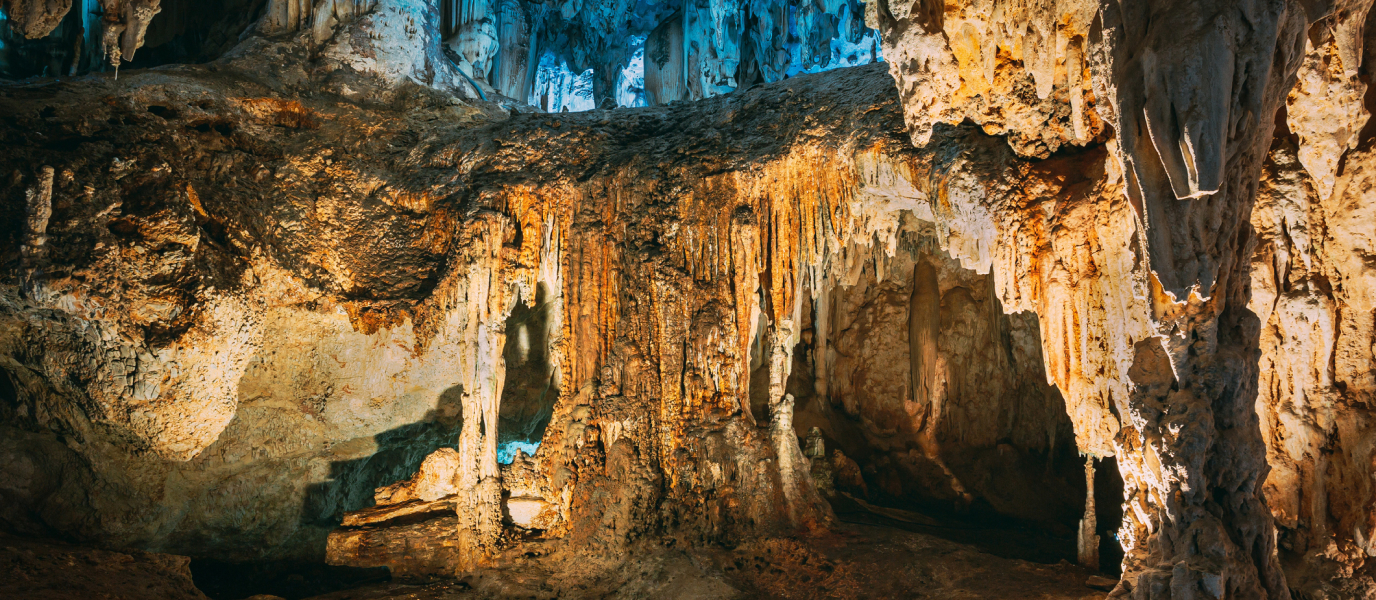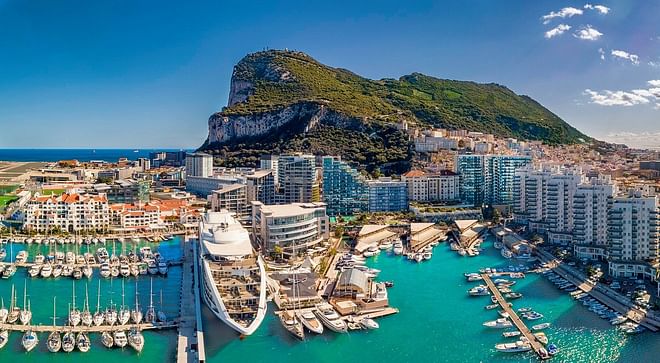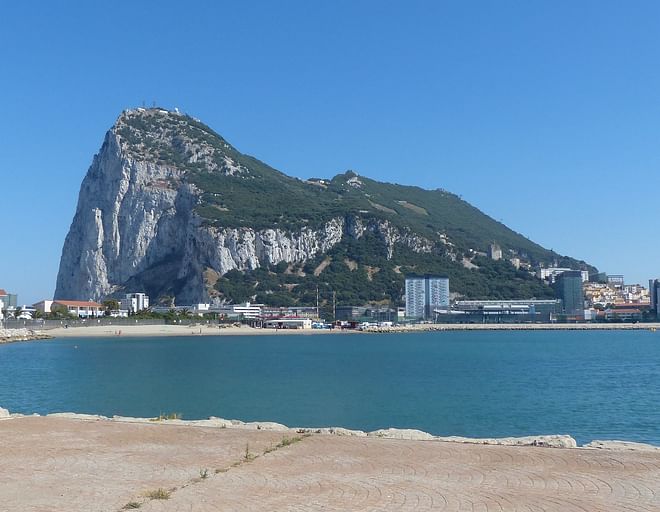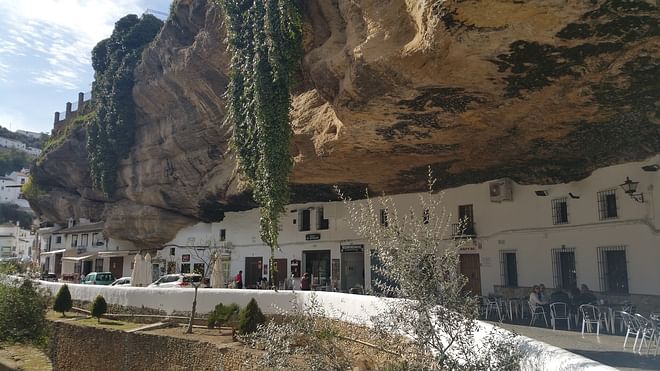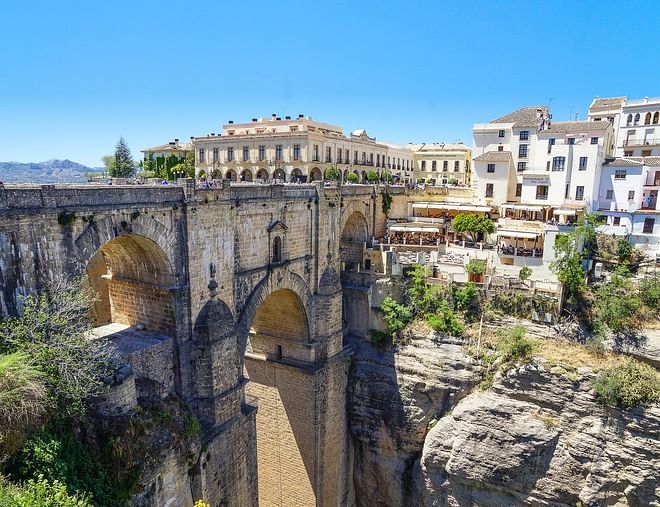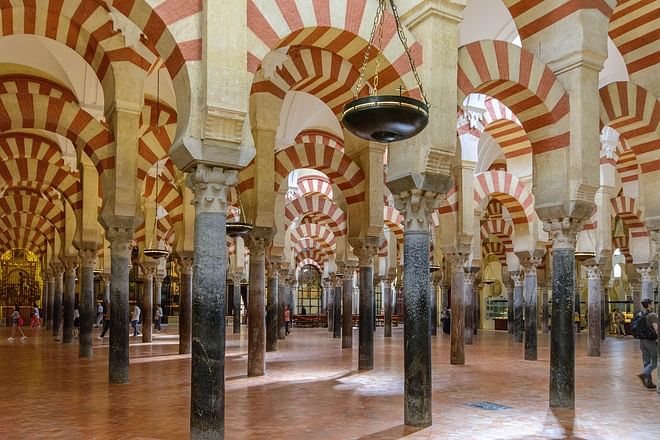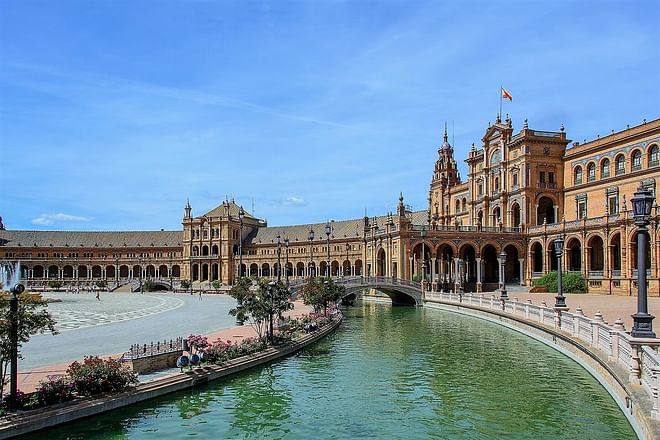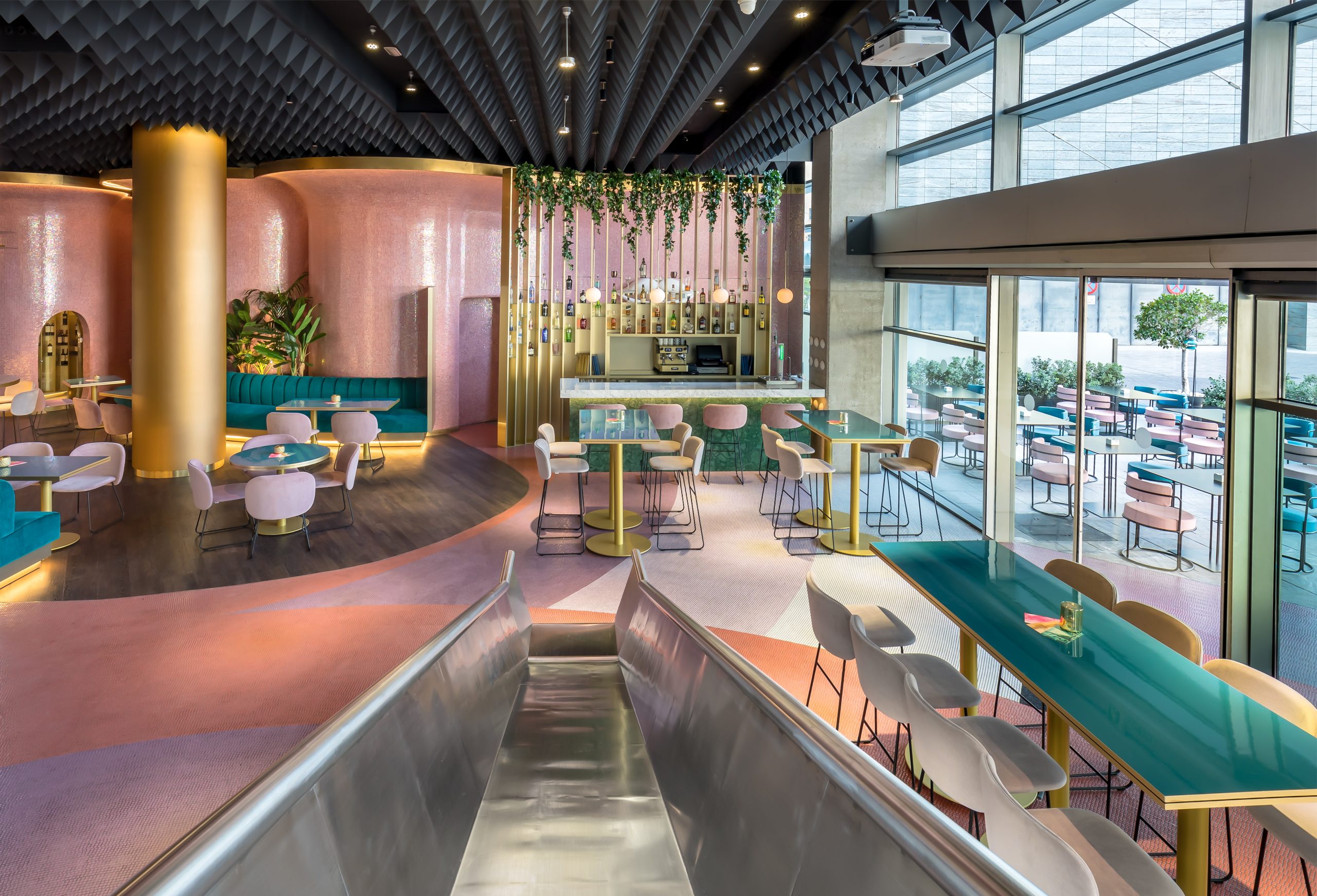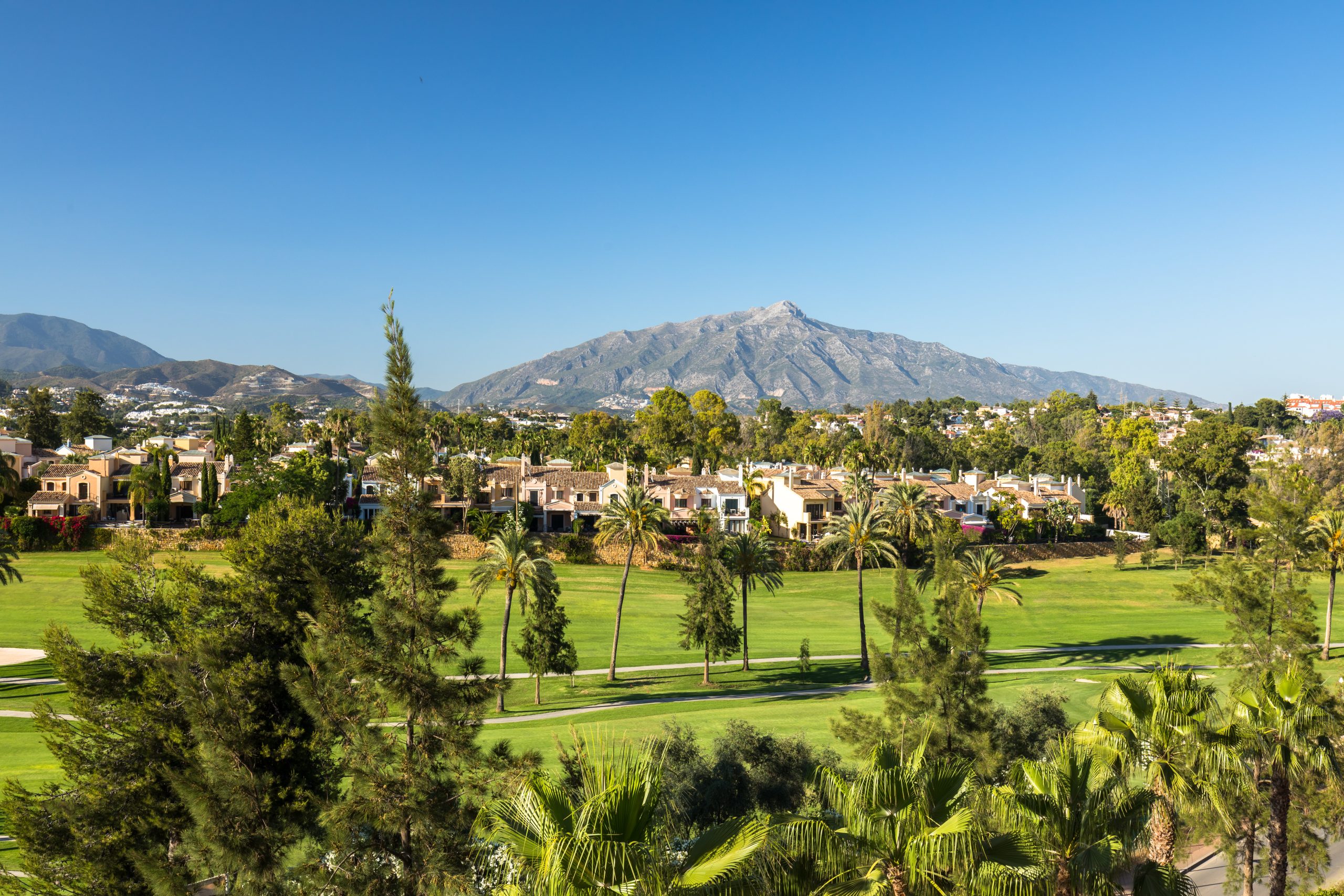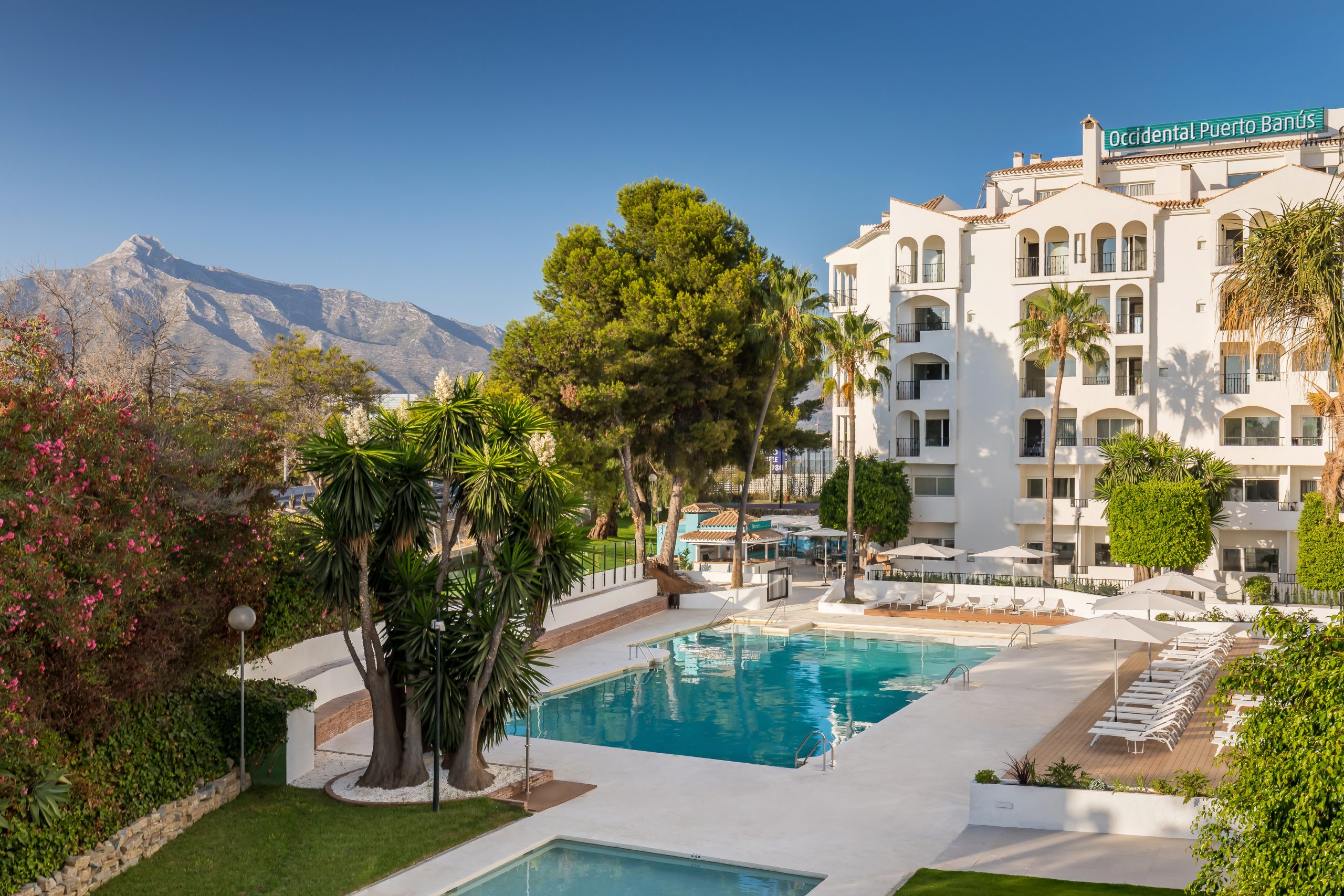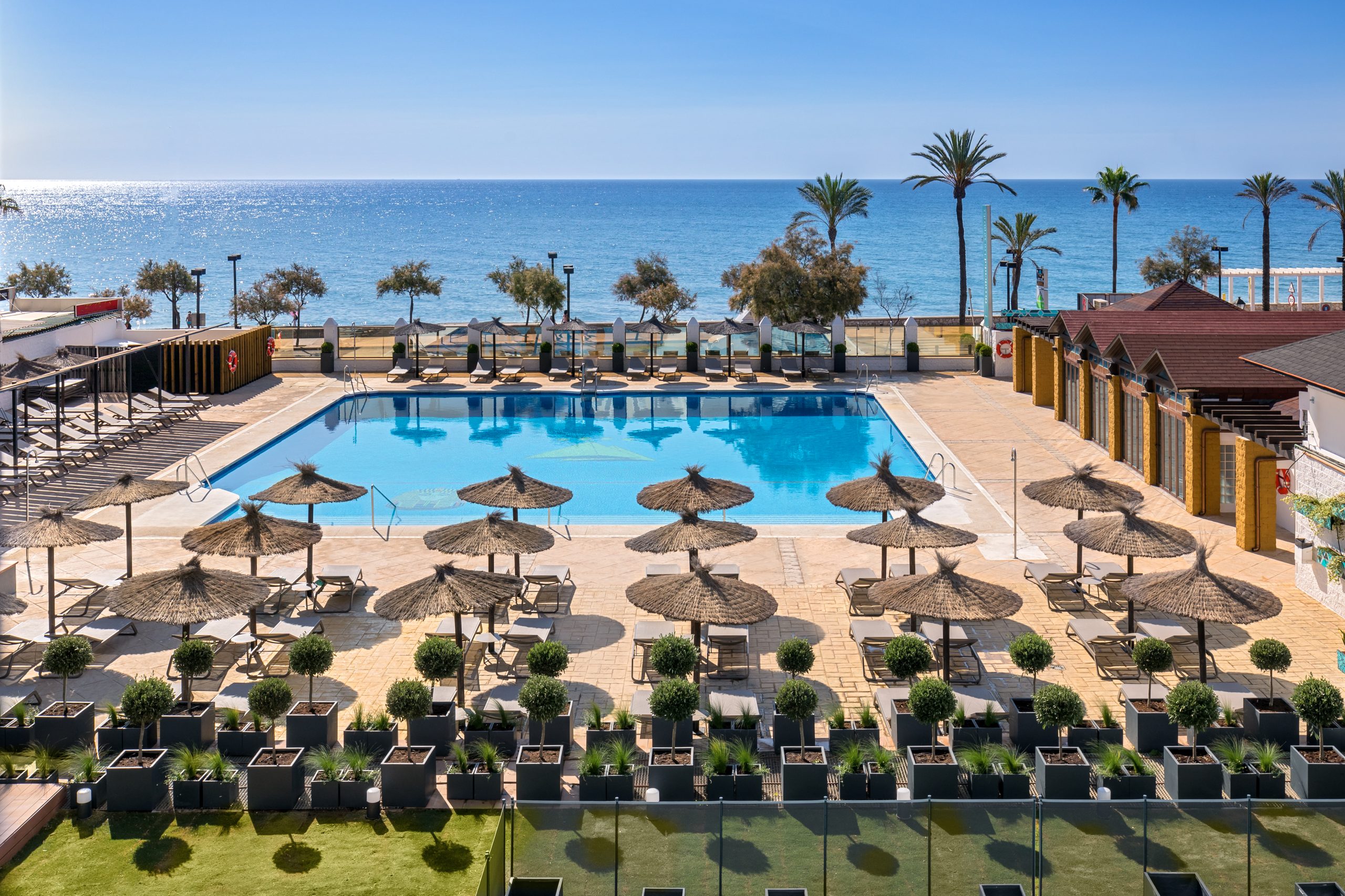Málaga Park is one of the city’s main natural attractions. With a surface area of 30,000 square metres, its design hides unquestionable wealth, not only because of its biodiversity, but because of its many paths, sculptures and secluded corners that, several centuries ago, rose up in the heart of the capital of the province, on the ground formerly covered by the sea, to become the city’s green lung that it is today.
Also known as Paseo del Parque de Málaga or Parque de la Alameda, it has many different paths and hidden spaces that ooze inspiration. There are three paths, to be exact, that run through the park: one on the north side and two others on the south side, which run along a wide central lane that crosses this natural area of the capital of Málaga province.
Escape the madding crowd, play sports, disappear into a good book under a cool shadow from a large tree, resolve once and for all the eternal question of what to do in Málaga with children… There is an endless list of scenarios that can be found inside Málaga Park, where nature is the perfect backdrop to learning about the history of the city.
The history of Málaga Park
The Parque de la Alameda was not always located where it is today. In fact, its current site used to be immersed under the sea. It was not until 1896 that the then Prime Minister, Antonio Cánovas del Castillo, passed a law to expand the Málaga port. This project would also result in the creation of this emblematic garden of subtropical flora that can boast of being one of the most important on the entire continent.
However, before the works could start, the project had to overcome, among other issues, a major funding crisis. Despite all this, Málaga Park began to take shape as an extension of the Alameda Principal and, in 1899, the city began planting. Any vestige of the houses that were demolished in the surrounding areas of the Alcazaba were buried under the park’s natural wealth in order to create the green space that is today an authentic oasis in the heart of the city.
Paseo del Parque Málaga: natural wealth
Nature lovers who stroll along Málaga Park will find amazing examples of plant life from all five continents. The 350 or more subtropical species present in the park, in an arboreal and shrubby mass that far exceeds 5,000 specimens, will challenge the knowledge of even the most scholarly experts in the field of botany, but are a delight for ordinary mortals.
Arranged along promenades, squares and charming corners, the different species coexist in a harmonious balance conciliated by the influence of the sea. The result is a succession of microclimates spread over the entire surface of the Málaga Park, which not only give life to many habitats, but also favour the development and maintenance of the species that are part of its natural wealth.
Apart from the spectacular collection of palm trees, other of its most representative charms in terms of plant life include:
- Europe: Its stiff and sharp leaves and the intense reddish colour of its fruits in the form of hanging clusters betray the presence of the Canary Island Dragon Tree in the interior of Parque de la Alameda. This plant represents the flora of the European continent and also serves to reveal another one of Málaga Park’s unique characteristics: the existence of isolated specimens or small groups of specimens that add to the appeal of its design.
- Asia: The unmistakable Asian bamboos also have their own space within Málaga Park. However, they are not the only species borrowed from the largest and most populated continent on the planet. There are also Vietnamese palm trees from the Mekong River, Japanese cycas revoluta, cycas circinalis from India and even caryota urens from Thailand, which follow one another into the interior of the park, creating the most interesting contrasts.
- America: Examples from the American continent that stand out include, among others, a set of Mexican fan palms, jacarandas from Argentina, or the forest of Montezuma cypresses. They are also joined by other unique species of trees, such as the silk floss trees, which are native to southern Brazil and northern Uruguay and are commonly known as ‘drunk trees’ because of the unique way in which their trunk swells.
- Africa: Plant attractions of African origin that you can find in Parque de la Alameda include specimens of pandanus candelabrum, a tree typical of the southeast marshy areas of the continent, famous for its stilt roots.
- Oceania: Nature is a powerful tool to learn about the world’s five continents without leaving Málaga. In the interior of the green lung of the city you can also admire the striking aerial roots of the Australian ficus macrophylla or specimens of araucaria columnaris, typical of New Caledonia and capable of reaching 60 metres in height.
The art inside Málaga Park
Málaga Park’s charms transcend its status as a natural space. In the park’s interior, art coexists with vegetation, drawing a picture that is as attractive as it is inspiring, inviting contemplation. There are sculptures, fountains and busts hidden in the corners of Málaga’s central park.
Among the most representative artistic pieces are the Ninfa del Cántaro [Nymph with a Pitcher], the Ninfa de la Caracola [Nymph with a Seashell], the Estatua del Verano y del Invierno [Statue of Summer and Winter] and the Dama Goyesca [Goya Lady]. All of them date from the nineteenth century, although they are not the only cultural heritage that can be found in Málaga Park. Walking along its paths, the visitor will come across marvellous fountains such as the Fuente de las Tres Gracias [Fountain of the Three Graces], in the area closest to the La Malagueta neighbourhood, or the Fuente de las Gitanillas [Fountain of the Three Gypsies], featuring female figures wearing typical Andalusian dresses.
Throughout the year, cultural offering adds to the artistic heritage of Málaga’s green lung. In the heart of the park stands the Eduardo Ocón auditorium, a stage built in the 1960s which currently hosts all kinds of festivals and cultural events.
Get there on foot, by bike or by taking one of the many bus lines that stop in its vicinity. All means of transport will take you to the green lung of the city, so you can delve into the charms of Málaga Park. Why don’t you make the most of your visit to tour its surrounding areas and discover such evocative sites as the Seaside Promenade, the Málaga Cathedral and the Picasso Museum.
























































